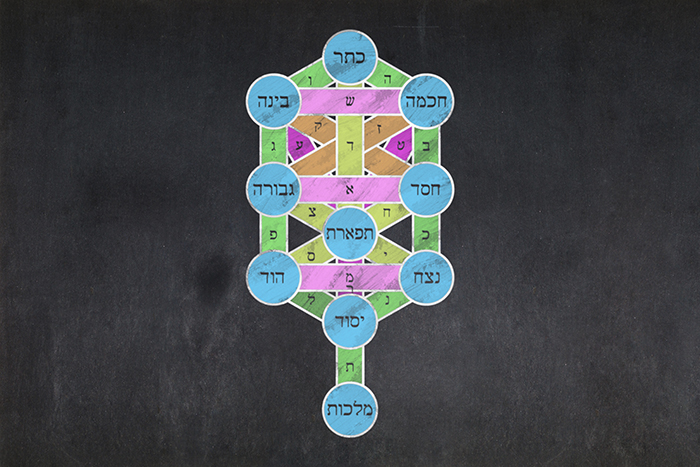

Cooper’s questions are extremely important, especially since Kabbalistic theology is unbiblical. Cooper, in his book God is a Verb, asks, “What is it that cabalists receive? And from whom do they receive it?” 3 Ibid. Cooper, a Kabbalist, says, “Kabbalah does not lend itself to a straightforward definition or even a clear-cut history…it teaches us about the mysteries of life, how the creation works, where we are going, and how we get there.” 2 Cooper, David A., God is a Verb, New York: Riverhead Brooks, 1997, p. Thus, Kabbalah can have a variety of disjointed beliefs. The problem is that this method often draws conclusions that are in contradiction to the plain teaching of the text that it examines. Its premises are that there are secret and hidden meanings in the biblical text that can be discovered by examining the shape of Hebrew letters, the gematria of words (mathematical values), and how these word values relate to each other. Kabbalah relies heavily on mystical interpretations of the first five books of the Bible (Genesis, Exodus, Leviticus, Numbers, and Deuteronomy) as well as the rest of the Old Testament. It is an inner-contemplative movement and is considered to be a way of life.

Kaballah is the way of viewing reality based upon subjective, experiential interpretations of the world, life, death, creation, meaning, purpose, etc. Furthermore, the Kabbalist is supposed to gain understanding about God and himself by learning to understand these 10 aspects, their relationship to each other, and then apply the principles thus learned in his own life to help him return back to God - Kabbalah teaches the soul’s pre-existence. You do not have to be Jewish to study Kabbalah and its proponents state that it can adapt itself to any religious system. Kabbalah is also known as cabala, cabalah, kabala, caballah, qabala, qabalah, etc. There are slightly different definitions of the word “Kabbalah.” One source says it comes from the three Hebrew kbl which means “reception.” Another source says “Kabbalah is a word meaning “tradition.” 1 Leet, Leonora, The Secret Doctrine of the Kabbalah, Rochester, VT: Inner Traditions, 1999, p.
Kabbalah mediainfo series#
Kabbalah teaches that the supreme being created the universe through a series of those 10 aspects that descended through various levels until creation was fully realized. It teaches that there is a divine being, neither male nor female, that has 10 primary aspects called sephirot which are represented in the Tree of Life (see diagram to the left). Nevertheless, Kaballah is a mystical and esoteric system of observing and interpreting the universe and mankind that also seeks to reveal the true relationship between God, man, and the universe. In other words, it rests in non-verifiable philosophy, not in historic fact. Following traditional Rabbinic perception, the Kabbalah recognizes that the universe could not survive if it were founded only upon justice or only upon mercy.Kabbalah is difficult to categorize because it is a subjective non-falsifiable belief system. This harmony is best represented in the Sefirah of Tiferet, which exists midway between the extremes of Din and Hesed, female and male. The Middle column of the Sefirot structure represents the ideal balance of divine mercy and justice. The unrestrained dominion of the Left side gives rise to Evil. It is the female side, representing the fearsome awe of God, and the principles of separation and distinction. The Left side of the Sefirot structure is the side of power and strict justice, the values embodied in the Sefirah of Din. It is associated with the bestowing of generous goodness upon our world.

The right side represents the principles of unity, harmony and benevolence, as embodied in the Sefirah of Hesed. Through these powers God created and rules the universe, and it is by influencing them that humans cause God to send to Earth forces of compassion or severe judgment. The Jewish mystical doctrine known as "Kabbalah" (="Tradition") is distinguished by its theory of ten creative forces that intervene between the infinite, unknowable God ("Ein Sof") and our created world. Kabbalah: Table of Contents| Background & Overview| The Zohar


 0 kommentar(er)
0 kommentar(er)
